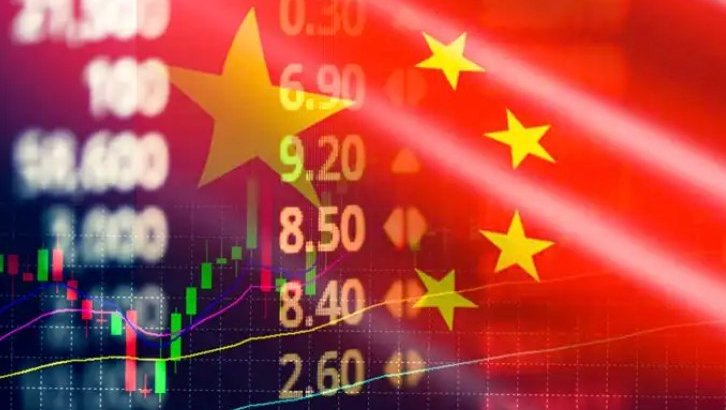$NIO $TSLA $ENPH
#China #CleanEnergy #Renewables #SolarPower #WindEnergy #EV #Investing #Economy #Stocks #GreenTech #Sustainability #EnergyTransition
China’s clean energy sector has surged to become a major driver of the economy, surpassing even the real estate industry. In 2023, sales and investments in renewable energy technologies reached 13.6 trillion yuan ($1.9 trillion), accounting for more than 10% of the nation’s economy for the first time. Comparatively, global fossil fuel investments totaled just $1.12 trillion, reflecting China’s increasing dominance in the shift toward sustainable energy. This rapid expansion is largely fueled by massive state-backed investments and an aggressive push toward renewable capacity, particularly in the solar and wind power industries. China’s installed renewable energy capacity hit 1,410 gigawatts last year, overtaking coal and reinforcing the government’s commitment to reducing carbon emissions while maintaining its position as a global leader in clean energy manufacturing.
Solar energy, in particular, has been a standout sector in China’s clean energy boom. The country controls over 80% of the global supply chain for solar panel manufacturing, from raw materials to finished products. This dominance has been bolstered by substantial government subsidies and private sector investments. Solar companies, including panel manufacturers and energy storage firms, have seen immense growth, attracting both domestic and foreign investors. Global markets are responding to China’s renewable energy expansion, with companies such as EV giant $NIO and renewable energy firms like $ENPH seeing fluctuations in stock prices influenced by Chinese policies and production shifts. However, this rapid growth has also raised concerns about overcapacity, with some analysts warning of potential price collapses in the solar sector if supply outstrips demand.
The Chinese government continues to support green technology, but there are challenges ahead, including international trade tensions and concerns about sustainability. The dominance of China’s renewables industry has prompted responses from Western governments, with some nations attempting to diversify supply chains to reduce dependence on Chinese-made components. The U.S. and Europe have introduced subsidies and tariffs aimed at bolstering domestic renewable manufacturing, potentially leading to increased fragmentation in global green energy trade. Despite these obstacles, companies like $TSLA and other EV makers rely heavily on Chinese-made batteries and solar technology, meaning China’s influence in the clean energy supply chain will likely persist for years to come.
Looking ahead, the question remains: where will China’s clean energy boom peak? While continued growth is expected, analysts caution that regulatory shifts, geopolitical risks, and technological advancements could reshape the industry’s trajectory. China’s ambitious climate goals and heavy investments suggest that clean energy will remain a cornerstone of its economy, but the pace of expansion may fluctuate. With major players, from EV manufacturers to solar panel producers, deeply embedded in the success of China’s green economy, investors will be watching closely for signs of consolidation, innovation, and potential market corrections.











Comments are closed.